The SBMU SRC (Skin Research Center) Lab Equipment & Machinery:
- The SBMU Skin Research Center (SRC) Cell Culture Lab
Facilities:
- A CO2 Incubator for keeping cells at 37° C;
- A Nitrogen Tank for keeping cells for a long time under -196° C;
- A Class II Culture Hood for providing a sterile environment while working with the cells;
- An Invert Microscope for studying cells with a magnification of between X10-X100;
- A -70° C Freezer for keeping some cell samples
- The SBMU Skin Research Center (SRC) Animal Cell Culture Lab
- The SBMU Skin Research Center (SRC) Protein Enzyme Lab
The SBMU Skin Research Center (SRC) DNA Bank
Establishing DNA Data Bank for Patients with Skin Diseases at the SRC Geno-Dermatosis Unit
Introduction:
Genetic samples are among the invaluable resources in any country. Therefore, maintenance of such samples is a national task. Most world research circles include DNA Data Banks alongside their research lines. If the related samples from a research are categorized in a cell data bank, they will revolutionize the future of the researches, and will also help researchers in their future researches.
The SBMU SRC is a research center with numerous potentials in the field. Since Iran has been formed by the intermixing of different ethnic groups with various skin problems presenting at the SBMU SRC suitable for research purposes, the maintenance of the samples is absolutely vital.
The aim of founding a DNA Data Bank for patients with different skin diseases with genetic origins, or the rare cases of such samples are very helpful in research fields. The patients presenting at the SBMU SRC who are candidate for DNA samples include patients from the following cases:
- Tuberos-Sclerosis;
- Epidermolysis Bullosa;
- Iktiosis;
- Psoriasis;
- Neuro-Fibromatosis
The following procedures are performed to do the DNA sample taking:
- Identification, and selection of the patients based on the clinical, laboratory, sonography, and genetic consultation standards, as well as obtaining written consents from the patients in order to prepare the samples for the DNA Data Bank for use in future research studies for perhaps publishing the research data results, retaking the samples, and documenting the data information in the software systems;
- Sampling the patient’s peripheral blood;
- Preparing DBC card from the peripheral blood;
- Extracting the DNA;
- Storing, and maintaining the samples;
- Documenting the DNA characteristics in the DNA Bank (Progency 7);
The SBMU SRC benefits from the presence of the following academic staff:
Professors Toosi, Shahidi, Yousefi, Barzegar, Morravej, Ebrahimi, and Robati
